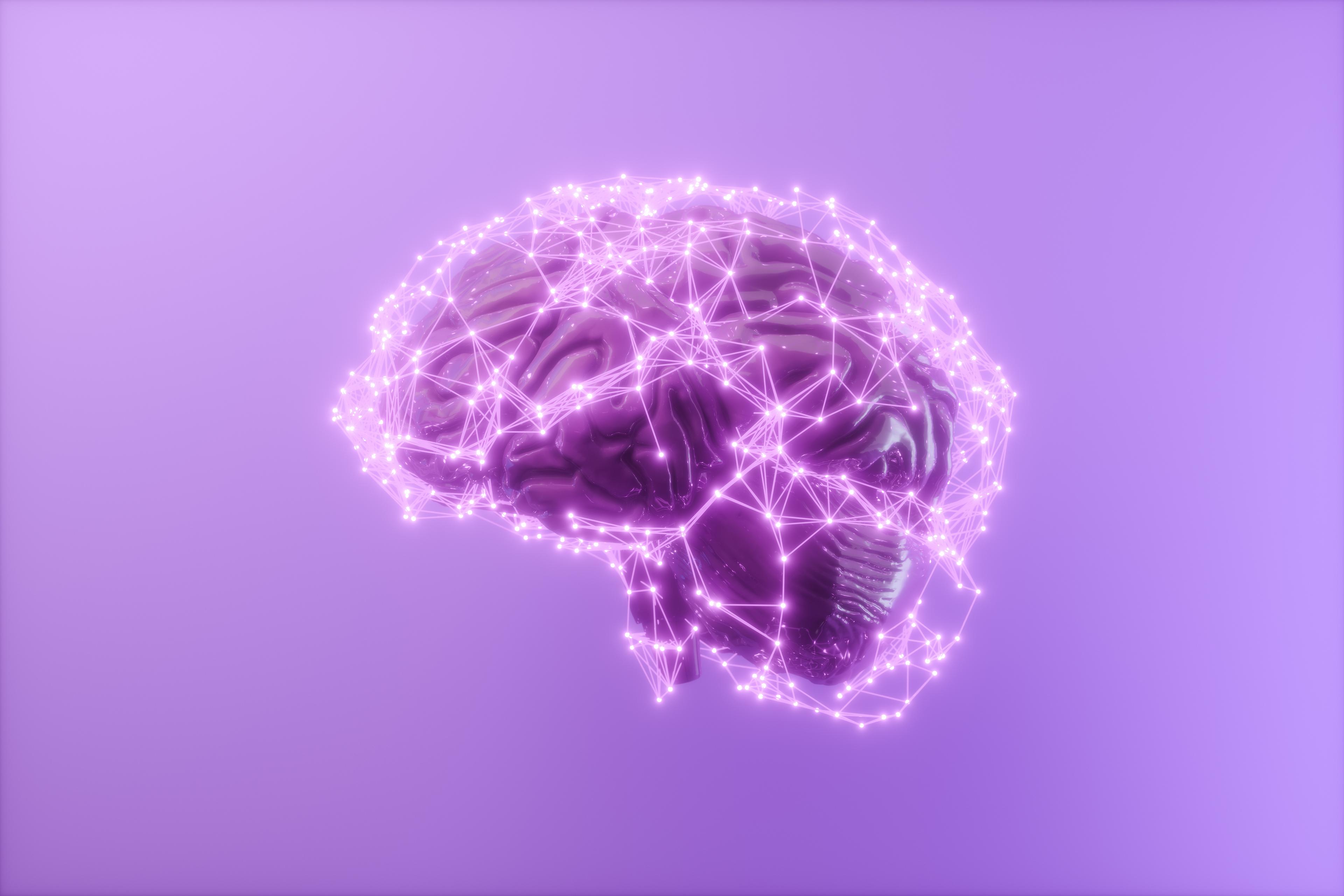
The phrase “body image” has become part of the fabric of daily language — you see it in magazines and newspapers, hear it on TV, use it in everyday conversation. But what’s less well understood is the intersection of body image and eating disorders. They’re related, certainly, but how? Does negative body image cause eating disorders? Do all eating disorders involve body image issues? The answer, as with most things related to eating disorders, is complex.
What exactly is body image?
Body image, at the highest level, is the subjective picture you have of your body, regardless of what it actually looks like. Breaking it down a bit, body image reveals itself as a multidimensional concept, comprised of cognitive, perceptual, behavioral, and emotional components that all come together to shape your relationship to the body you live in. It encompasses your thoughts, feelings, attitudes, and behaviors toward your body, impacting how you react when you see yourself in the mirror, put on clothes in the morning, or get your picture taken.
Everyone’s relationship to their body is complex and ever-changing; however, when thinking about how body image can impact someone’s life, it can be helpful to apply some broad definitions. For people with healthy body image, their body doesn’t take up too much space in their mind. They see their physical form fairly objectively, and can separate their value as a person from the way they look.
Those with negative body image (which is also referred to as distorted body image or body dissatisfaction) have a less straightforward relationship with their bodies. When they look in the mirror, they don’t see the physical reality — a yellow shirt, a ponytail, the curves and lines and objective shape of their body — but rather a distorted perception that may evoke shame, anxiety, and self-consciousness. But negative body image doesn’t disappear when they look away from the mirror. It’s an abiding state of mind that follows them when they step away from their reflection and go about their life. It can have a negative impact on self-esteem, mood, social and occupational functioning, and health.
“Many people think of body image as a vanity issue, although we know that it’s much more than that,” says Equip Senior Program Development Lead Ally Duvall. “It’s a mental health issue that leads to higher risks of eating disorders, anxiety disorders, low self-esteem, depression, suicidal ideation, and impaired functioning.”
How common is negative body image?
Given how much negative body image can impair a person’s life, it’s disheartening to learn of how pervasive it is, especially among young people. While body image dissatisfaction can occur at any age (depending on the source, researchers put the global rate between 30-75% of people), studies observe the highest levels in adolescence and early adulthood, and especially among women.
You see this play out in some truly heartbreaking research of school-age kids: one study found that 77% of adolescent girls reported body image dissatisfaction, while another found that around 60% of girls expressed a desire to lose weight. Still more research showed that girls start to express concerns about their weight or shape by just six years old, and 40-60% of elementary school girls are concerned about their weight or becoming “too fat.”
While much of the research on negative body image has focused on girls, boys aren’t exempt. Nearly one third of teenage boys use unhealthy weight control behaviors like skipping meals, vomiting, or taking laxatives, and one study found that 69% of teen boys were self-conscious about their bodies. Indeed, research shows that while many boys and young men are feeling increased pressure to be muscular and lean, they don’t admit to these feelings because of a perception that body image is a “girl’s issue.”
To understand why negative body image has become the rule rather than the exception, you don’t need to look too hard. “We’re constantly inundated with reasons we should change our bodies and appearance: TV shows, movies, our friends and family, various products, and social media all tell us that we’ll be more lovable, respected, worthy of a life worth living if our body looks smaller and thinner,” says Duvall. “We’re not born hating our thighs or wishing our stomachs were smaller. These are beliefs we develop through social and interpersonal conditioning. If all you hear is how you should change your body and all the reasons your current self is not enough, it would be extremely difficult to find value and love for yourself, as you are right now.”
What’s the relationship between negative body image and eating disorders?
While the numbers above show that a huge proportion of people have negative body image, just 9% of the U.S. population will be affected by an eating disorder in their lifetime. This, of course, drives home the point that not everyone who is dissatisfied with their body will develop an eating disorder — but the former can definitely play a role in the latter.
It’s important first to understand that there’s never any one cause of an eating disorder; in the absence of other factors, negative body image alone isn’t going to lead someone down the path to anorexia, for instance. “There’s no singular cause of an eating disorder, and yet we know that there are various factors that can increase someone’s risk of developing one,” says Cara Bohon, Equip’s VP of Clinical Programs. She explains that body dissatisfaction has been shown to predict the development of eating disorders, meaning that people who report body dissatisfaction have a greater risk of developing an eating disorder later in life. Indeed, research indicates that body dissatisfaction is a core element of many eating disorders, and it’s the best-known contributor to the development of anorexia and bulimia.
But, as the numbers show, the relationship between negative body image and eating disorders isn’t one-to-one: many people without eating disorders struggle with body dissatisfaction. Although it was formerly assumed that people without eating disorders had a positive perception of their own bodies, more recent research has shown that body image distortions commonly occur in people without a diagnosis.
“Poor body image experienced by someone without an eating disorder may be very similar to that experienced by someone with an eating disorder, although the feeling is likely more intense in those with eating disorders,” Bohon explains. “The core root of the body image distress, however, is likely the same: society’s appearance ideals and the internalized pressures we feel to meet those ideals.”
And here’s one more nuance to the relationship between body image and eating disorders: just as not everyone with poor body image has an eating disorder, not everyone with an eating disorder has poor body image. Whether or not someone with an eating disorder experiences body dissatisfaction depends largely on the type of eating disorder they have. In the case of anorexia and bulimia, negative body image is part and parcel of the diagnosis. Both diseases are characterized by a fixation on shape and weight, as well as a distorted view of one’s own body (for example, one study showed that people with anorexia tend to overestimate their body size).
With other eating disorder diagnoses, negative body image isn’t a given. The relationship between binge eating disorder (BED) and negative body image hasn’t been very thoroughly examined, but initial studies show that people with BED are more concerned with weight and shape than those without BED. With avoidant-restrictive food intake disorder (ARFID), the diagnostic criteria actually specifies that there be no distorted body image, however people with ARFID may still have internalized society’s thin ideals and aspire to look a certain way.
Do you need to address negative body image to recover from an eating disorder?
With eating disorders like anorexia and bulimia, where negative body image is a core component of the illness, it might seem logical that improving body image should be a first priority in recovery — but research doesn’t support this idea. “Because physical nourishment is disrupted by eating disorders, most treatment starts with a focus on normalizing eating patterns,” explains Bohon. “For some people, the process of improving nutrition leads to a shift in how they experience their body. For example, some people gain weight with treatment, and the improved quality of life coupled with a growing body can have a strong, positive influence on their body image.”
For others, though, it’s necessary to address body image concerns directly. In fact, this step can be a vital part of treatment, as research has shown that lingering concerns about body size and shape is linked to a higher risk of relapse. Even in these cases, however, it’s important to remember that this will come later in treatment. “Body image is generally one of the last symptoms of an eating disorder to recover,” Bohon says.
Duvall says improving body image can be “a vital puzzle piece of recovery,” for some, pointing to her own journey as an example. “I could have put in all the work to learn new skills and not engage in harmful behaviors, but the world would still treat me horribly because of my fat body. If I didn’t have the opportunity to focus on my body image concerns and start challenging societal fatphobia while in treatment, I don’t believe my recovery would be as strong as it is.”
But eating disorder or not, healthy body image is a journey, not a destination. There will be ups and downs, and negative body thoughts will almost inevitably arise even after putting in the work. “Because body image dissatisfaction is so pervasive in our society, it’s unrealistic for many people to recover from their eating disorder without any body dissatisfaction — it’s become part of the human experience in our culture,” says Bohon. The goal of recovery, she explains, is for body dissatisfaction to not impact a person’s eating, exercise, work, relationships, or other aspects of their life.
It’s important to keep this last piece in mind, to remember that body image isn’t static, but rather ever-evolving; because of the very nature of our world, we need to work to protect it from society’s onslaughts, but we also need to recognize that we haven’t failed when there’s a chink in the armor. As Duvall puts it, “having tough body image days or a conflicted relationship with your body doesn’t dictate if you’re recovered or not.”
- Hosseini SA, Padhy RK. Body Image Distortion. [Updated 2022 Sep 5]. In: StatPearls [Internet]. Treasure Island (FL): StatPearls Publishing; 2022 Jan-.
- Ganesan S, Ravishankar SL, Ramalingam S. Are Body Image Issues Affecting Our Adolescents? A Cross-sectional Study among College Going Adolescent Girls. Indian J Community Med. 2018 Dec;43(Suppl 1):S42-S46.
- Houle-Johnson SA, Kakinami L. Do sex differences in reported weight loss intentions and behaviours persist across demographic characteristics and weight status in youth? A systematic review. BMC Public Health. 2018 Dec 4;18(1):1343.
- Cash, T. F., & Smolak, L. (Eds.). (2011). (2nd ed.). The Guilford Press.
- Hargreaves DA, Tiggemann M. ‘Body Image is for Girls’: A Qualitative Study of Boys’ Body Image. Journal of Health Psychology. 2006;11(4):567-576.
- Stice E, Gau JM, Rohde P, Shaw H. Risk factors that predict future onset of each DSM-5 eating disorder: Predictive specificity in high-risk adolescent females. J Abnorm Psychol. 2017 Jan;126(1):38-51.
- Stice E, Shaw HE. Role of body dissatisfaction in the onset and maintenance of eating pathology: a synthesis of research findings. J Psychosom Res. 2002 Nov;53(5):985-93.
- Mölbert, S., Thaler, et al. (2018). Assessing body image in anorexia nervosa using biometric self-avatars in virtual reality: Attitudinal components rather than visual body size estimation are distorted. Psychological Medicine, 48(4), 642-653.
- Ahrberg M, Trojca D, Nasrawi N, Vocks S. Body image disturbance in binge eating disorder: a review. Eur Eat Disord Rev. 2011 Sep-Oct;19(5):375-81.
- Barney, A., Bruett, L.D., Forsberg, S. et al. Avoidant Restrictive Food Intake Disorder (ARFID) and Body Image: a case report. J Eat Disord 10, 61 (2022).








